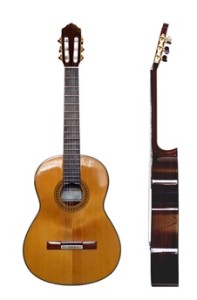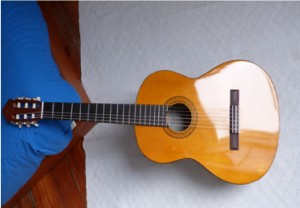The classical guitar is a timeless instrument which also makes for a fantastic entry-level instrument for beginners. Inversely, seasoned guitarists and professionals also make use of the classical guitar as a way of enhancing their repertoire. Here are some fundamental tips to get you started with a classical guitar.

Beginner or professional, start from square one.
Veteran guitarists often find it hard to give up on frequent habits with their modern guitars as the classical one requires technique that’s vastly different from a steel-strung acoustic guitar or an electric guitar, for that matter. Quite simply, all musicians who are new to the classical guitar will find that starting afresh and letting go of what they already know will serve them well.
Choosing the Right Guitar
Keep in mind that steel-string acoustics won’t give you the sound that’s expected of a classical guitar. Nylon strings are entirely essential and so too are choices in the wood, string tension and the construction of the guitar that you’ll be picking up as your new instrument. Some of the best classical guitars are:
- The Yamaha C40
- The Cordoba C12 SP
- The Epiphone PRO-1
It goes without saying that picking the right instrument for you will require you to actually play it and see if you get a feel for it.
Tuning your Guitar
Having any instrument that’s in-tune is fundamental to a good sound and it’s no different with a guitar. For beginners, it’s significantly important to ensure that the right notes are being listened to from an in-tune instrument. The Snark Mini Guitar & Bass Clip-on Tuner is an easy-to-use, portable and accurate tuner that’s highly recommended.
Name your fingers
Your fingers are the pillars of strength, skill and dexterity for the guitar and it’s inevitable that they’ll feel sore at the beginning. Naming the five fingers of your chosen hand is necessary. The classical guitar scoring in Latin goes:
- p = thumb
- I = index finger
- m = middle finger
- a = ring finger
- c, e or x = little finger.

Leave a Reply
Want to join the discussion?Feel free to contribute!